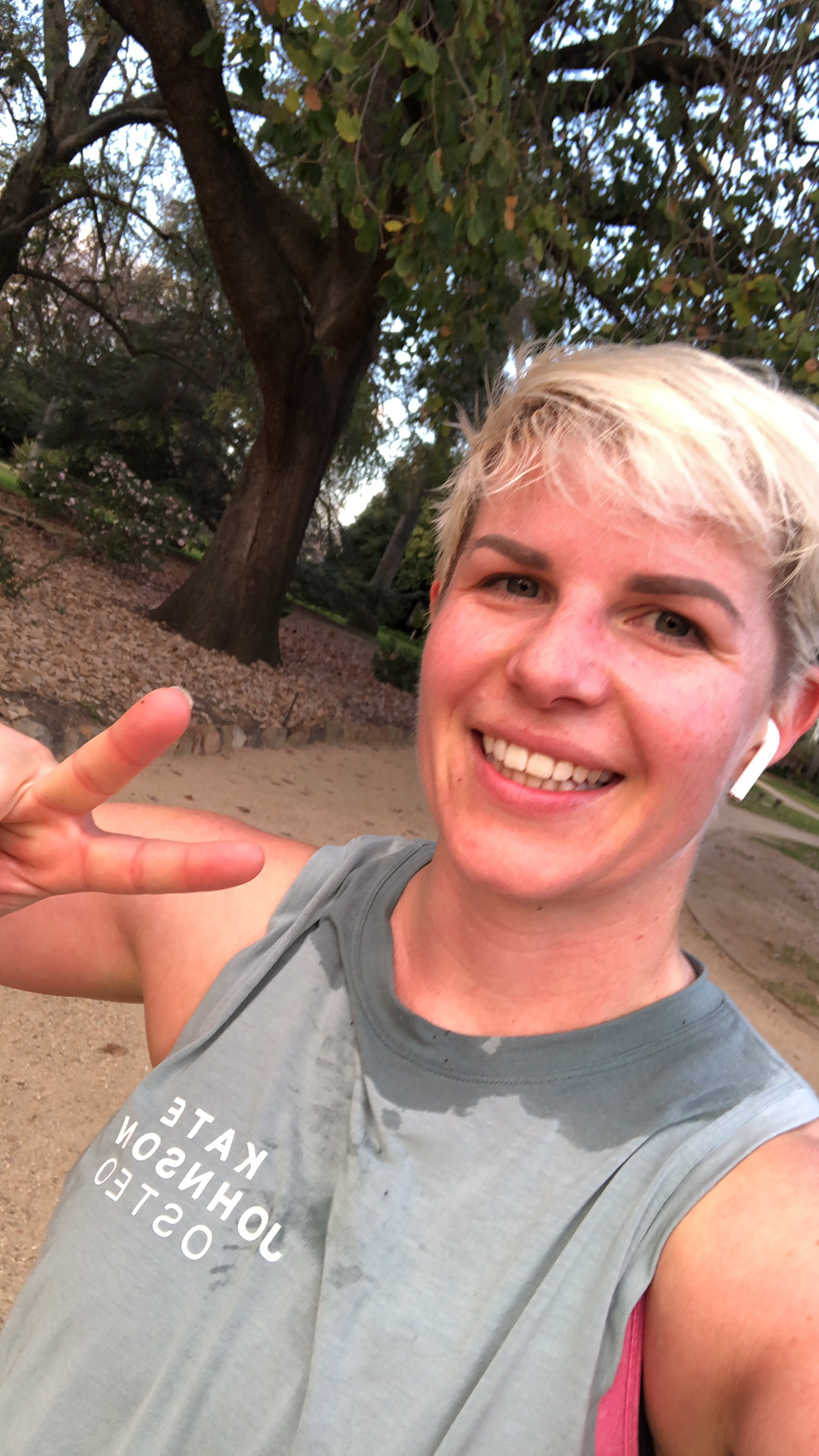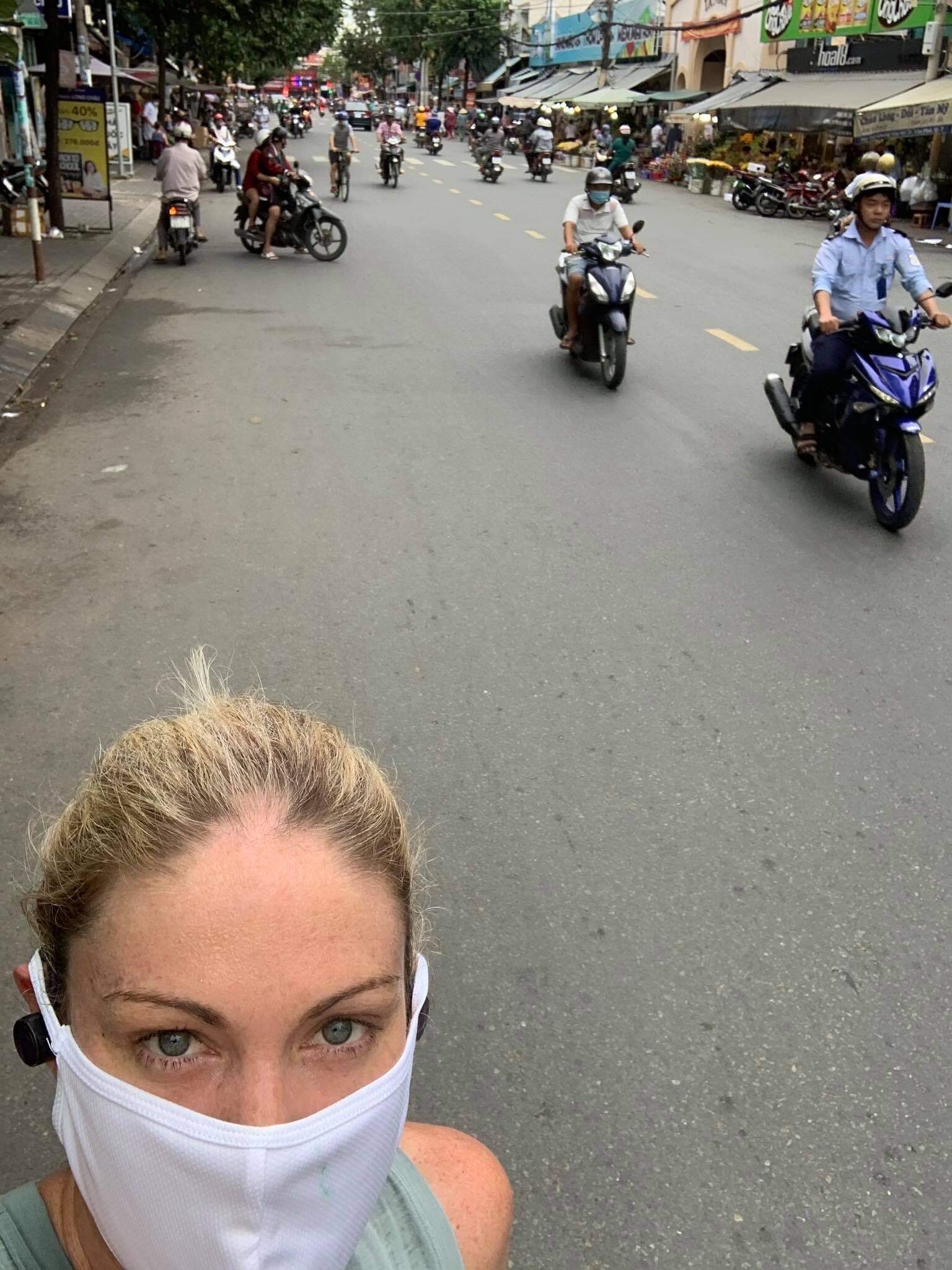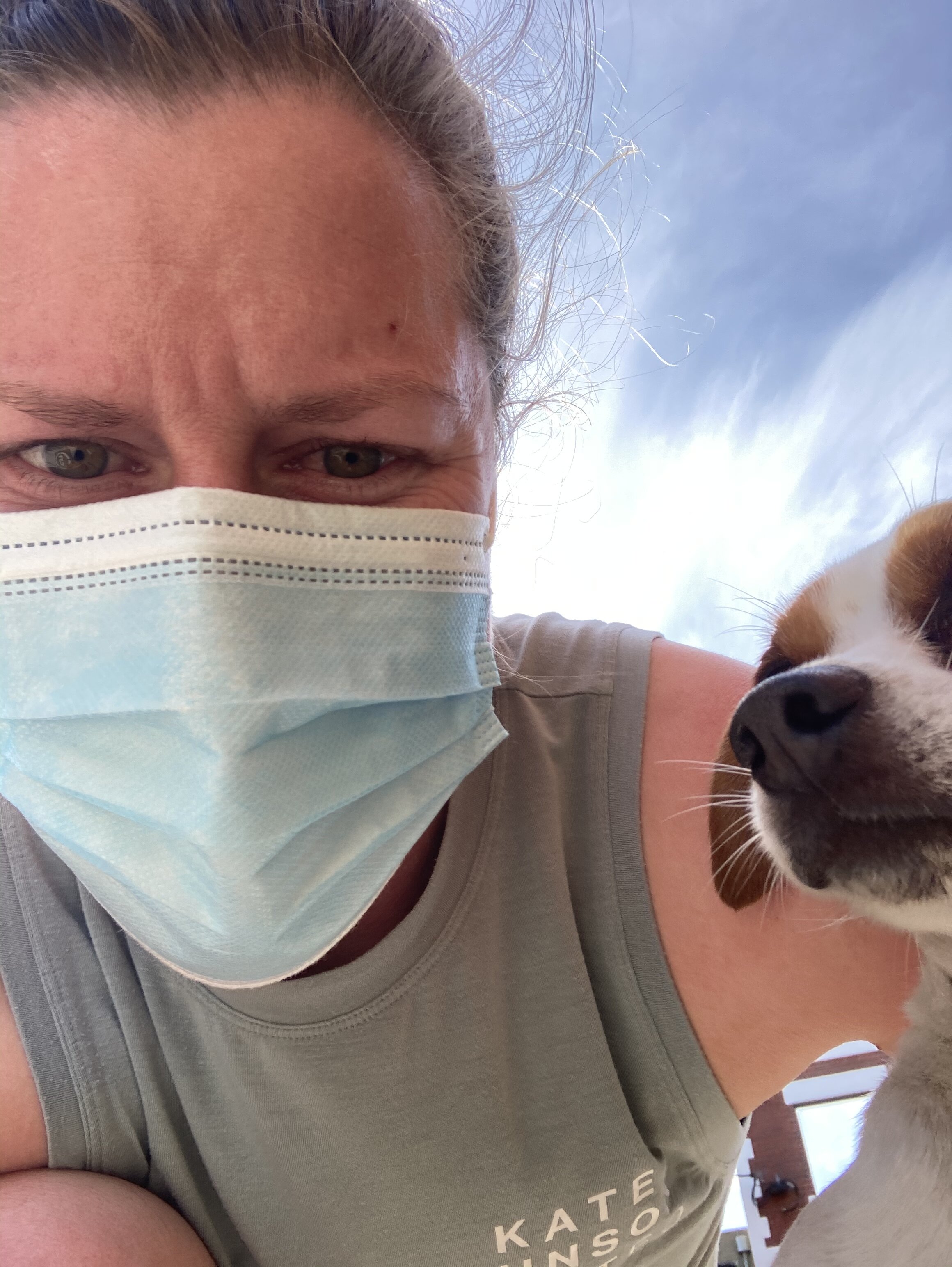You might be surprised to know that this has definitely not always been the case!
Growing up I was very active and played a lot of team sports. But at around the age of ten I started getting very consistent knee pain and was later diagnosed with a condition called Osteochondritis Dissecans. The management for this condition was to avoid running. This meant that over much of my adolescence I was unable to run, and when I did it was painful which also meant it was not enjoyable.
Going from being a very active child to not being able to run and participate in many of the sports I really enjoyed was tough. In saying this, it wasn’t all bad, realising that I wouldn’t have to do the school annual beep test or cross country, I wasn’t complaining!!
During my early 20’s I ended up having a number of surgeries on my right knee for the aforementioned condition. After these surgeries I was very deconditioned and my sister decided I’d be a great candidate to use as a case study for devising an exercise program for her university degree. During the initial baseline testing I was asked to run to the end of the block….. I literally ran 100m and was exhausted, I could not go any further! She had a lot to work with.
So I started with slow, gradual incremental improvements and built up my strength and aerobic capacity.
After a period of time I went back to playing hockey feeling pretty good. I was still not running huge distances but could get by playing in defence and I was enjoying being back out on the field.
Five years after my initial surgery, I then ruptured my ACL playing hockey, on the same knee. Like many ACL injuries, it was very innocuous, I changed direction and felt it pop. At this stage I was a bit older and due to the nature of my ACL injury I was a lot more committed to my rehab this time round.
Without team sport I needed to do something physical but also social and decided to join group PT sessions, the focus of these cardio sessions was running but the group environment meant there was a lot of support and motivation from others in the group.
When I started these sessions, they were tough!!! If it wasn’t for the group environment I’m sure I would have given up. At this stage I wouldn’t have even thought of attempting 5km by myself. I gradually built up my strength, speed and endurance and each week it got easier and easier. I also found that it was getting easier and the knee pain I had previously experienced, particularly when running downhill was no longer there either.
I was starting to experience the ‘Runner’s high’.... Up until then it was just hard work!! This encouraged me to run more for enjoyment by myself during the week and this culminated in me finally training towards a half marathon, which I successfully completed under two hours. Something I had never imagined I would ever be able to achieve. Since then I have completed numerous fun runs and love the feeling of achievement and satisfaction when you cross the finish line.
I know that when I discuss management with many clients it is often difficult to imagine creating goals that you might think are out of your reach due to your pain. However, setting small goals can set you up to get back to the things you used to love or even thought you would never have the opportunity to do.
If you want some assistance reaching your goals, please get in contact on 0466 910 564 or book online: www.katejohnsonosteo.com.au.




















